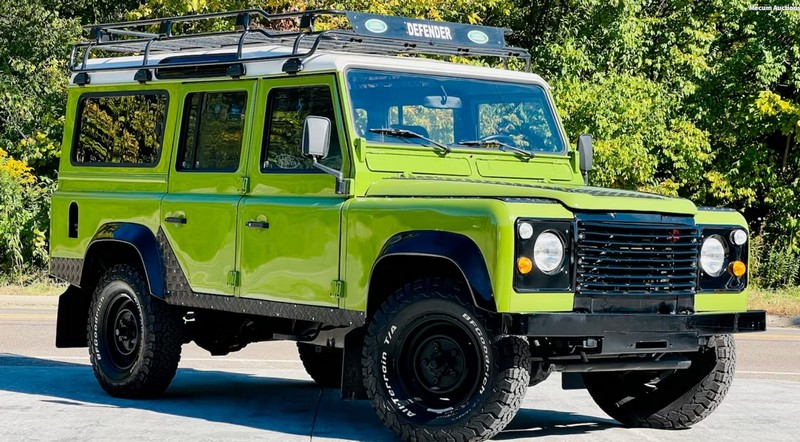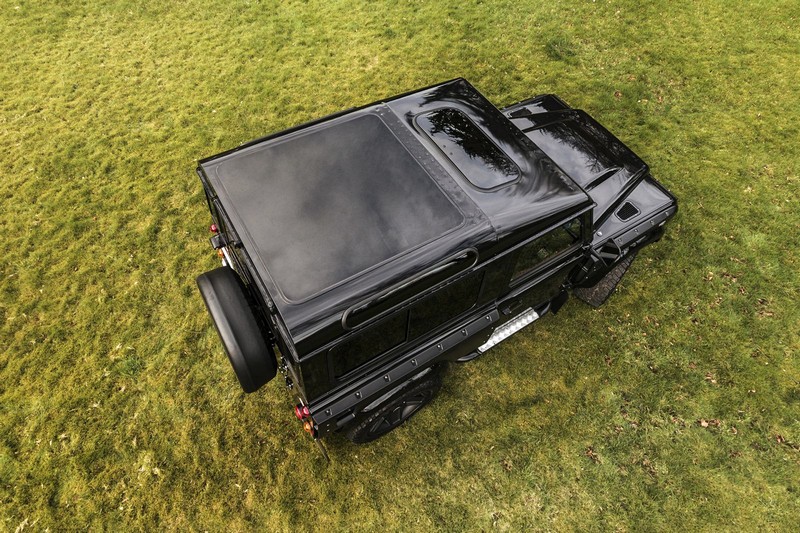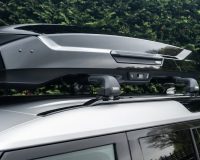The original Land Rover was a runaway success and instigated companies from all over the world to create ‘inspired’ versions of the SUVs
The original Land Rover is one of the most recognized off-road vehicles. Its roots can be traced back to 1948 when the original version was developed as a light military transport vehicle. Eventually, civilian versions were built and the rest is history. The original Series I, II, and III models, eventually, led to the Land Rover Defender, which in 2019 transitioned into a more sophisticated, hi-tech offering on the SUV market. This left a void in fans of the original Defender, which was more rugged and eager to get down and dirty. Over the years, however, there have been numerous attempts to copy both the original Defender and its predecessors, and these 10 came moderately close.
10 ARO 24 Series
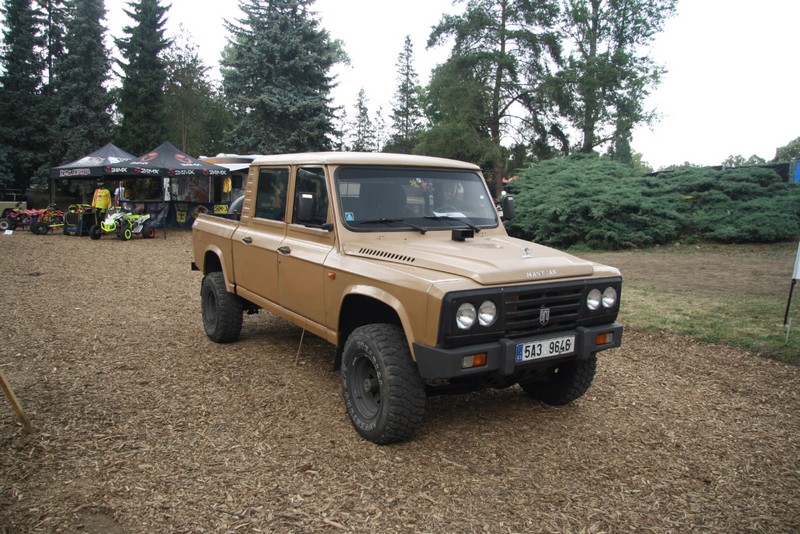
Romanian manufacturer, ARO, was one of the companies that came up with its own interpretation of the British Land Rover. The 24 Series was actually a whole lineup, comprising off-road, commercial, and military vehicles. Like the “Landy”, the ARO 24 came in a variety of shapes and sizes, including two and four-door convertibles, two and four-door pickups, four and five-door SUVs, and more. Powering the Romanian utility vehicle were a variety of petrol and diesel engines with 67 to 207 horsepower and 108 to 236 pound-feet (147 to 320 Nm). The ARO 24 was produced from 1969 to 2006 with production being outsourced to Portugal and Spain in 1975 and 1980, respectively.
9 Santana PS-10
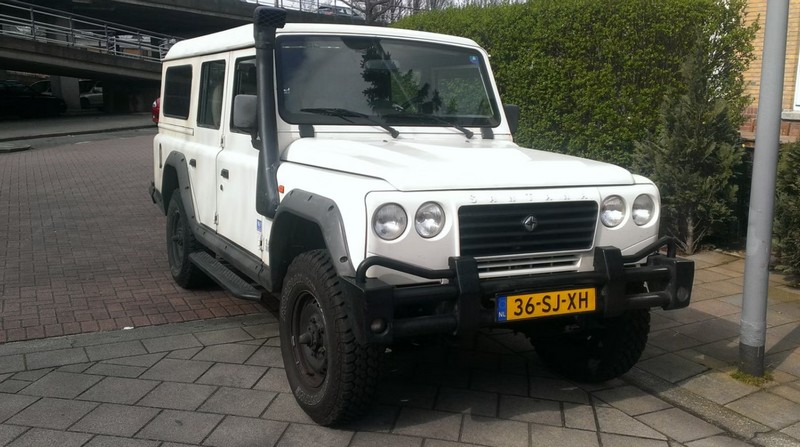
Spanish company, Santana Motors has been manufacturing various, utilitarian SUVs under license since the 1960s. This includes the company’s own versions of the Land Rover series. While much of what the company produced was identical to the British original, the Santana PS-10 was one of the first models that stood out. The PS-10 was, really, a Land Rover Defender 110 with a new front fascia that featured quad-headlamps and some minor, mechanical improvements. The engine was an Iveco-derived, 2.8-liter inline-four diesel with 106 to 125 horsepower. In 1990, Land Rover and Santana terminated relations.
8 Force Gurkha
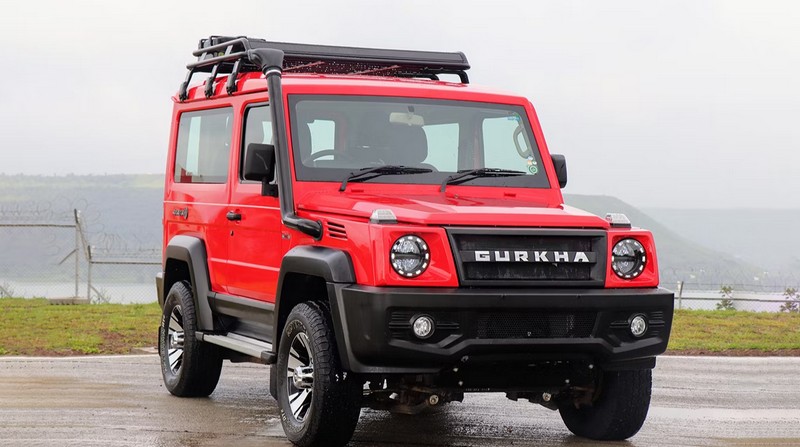
Indian manufacturer, Force Motors also has its own interpretation of the utilitarian Brit. The Force Gurkha debuted in 2008 and since, has had four generations. The Series-four Gurkha came out in 2021 and is currently in production. Throughout all its generations, the Force Gurkha has been offered with a diesel engine only. It is, in fact, the tried-and-tested, Mercedes OM616, 2.6-liter, diesel engine, which produces up to 90 horsepower in later versions. On the outside, the Gurkha is heavily inspired by the classic Defender and G-Wagon while inside it is just as utilitarian and basic as Land Rover’s rugged SUV.
7 Iveco Massif
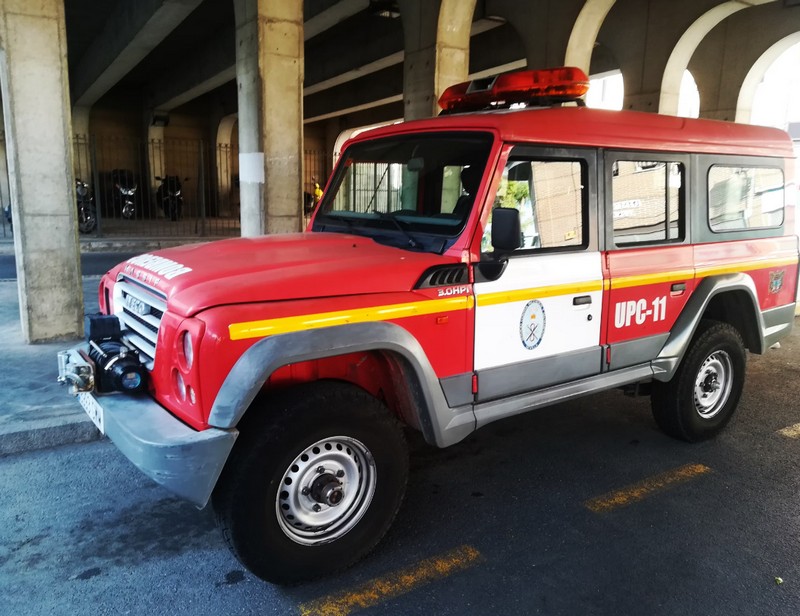
Between 2007 and 2011, the Land Rover Defender had an Italian-Spanish rival. The boxy off-roader was actually built by Santana Motors, in Linares, Spain. The Iveco Massif is the successor to the Santana PS-10 and, essentially, a revised version of it. The Massif comes as a full-size, three-row SUV and a pick-up guise. Power is derived from a 3.0-liter Multijet, inline-four diesel engine shared with the Iveco Daily van. It packs 148 horsepower and 258 pound-feet (350 Nm). A six-speed manual is the only transmission option.
6 Morattab Series IV
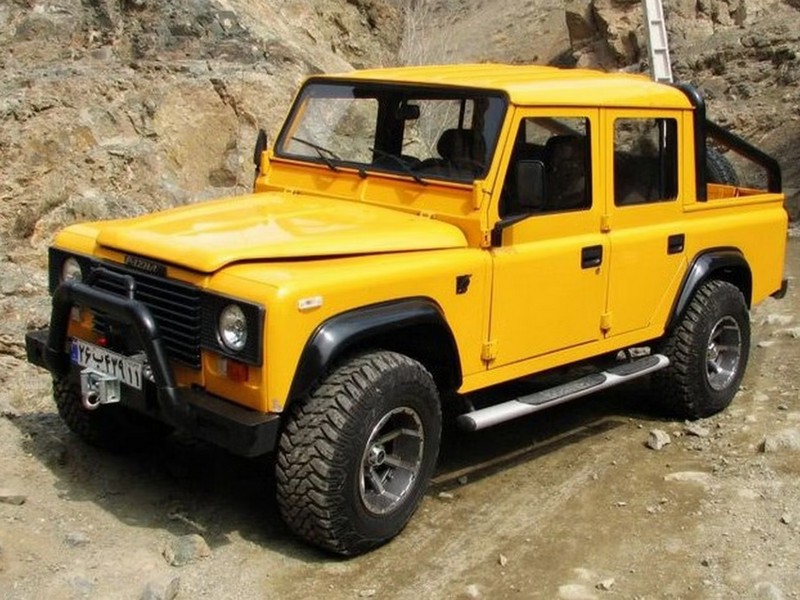
Another Land Rover Defender clone comes from Tehran-based manufacturer, Morattab Khodro. After 1994, Morattab Khodro bought the entirety of Santana’s production line, but even as early as 1979, the company made clones of the boxy Land Rover models. The Morattab Series IV can, easily, be mistaken for a 1990s Defender and even comes in the same body styles, including a four-door pick-up and a two-door SUV, to name a few. While the aesthetic differences were very subtle, the suspension and powertrain was different. The Tehran model came with a Nissan-derived, 1.8-liter, inline-four.
5 Austin Gipsy
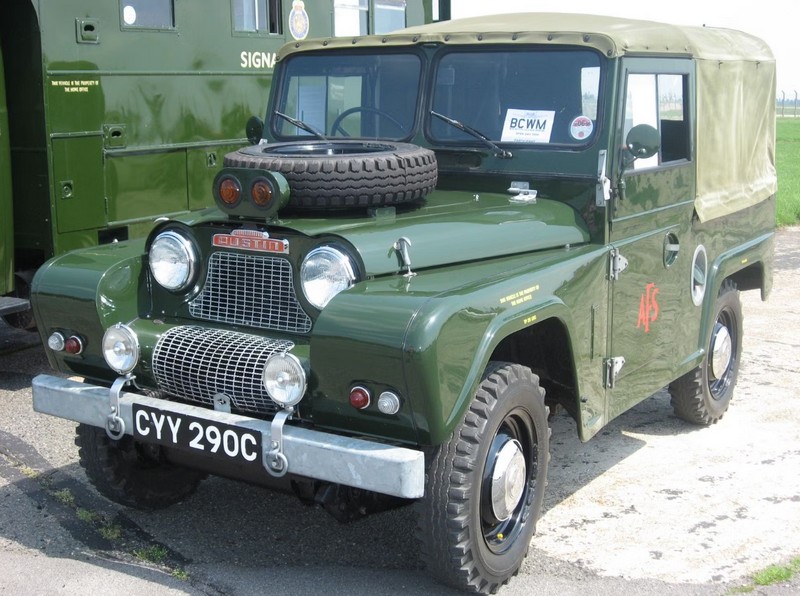
In 1958, another British company introduced a basic, utilitarian off-roader. Like the Land Rover series, the Gipsy was meant to be both a military and civilian offering. It succeeded the Austin Champ, which in turn, was inspired by the Jeep Willys. The Gypsy was produced over a 10-year period, but never really managed to be the Land Rover Competitor the company had hoped for. Power came from either an Austin A70 petrol engine or a diesel. Both engines displaced 2.2 liters and produced 55 and 62 horsepower, respectively. Austin’s off-roader was available in 90-inch and 111-inch wheelbases.
4 Ineos Grenadier
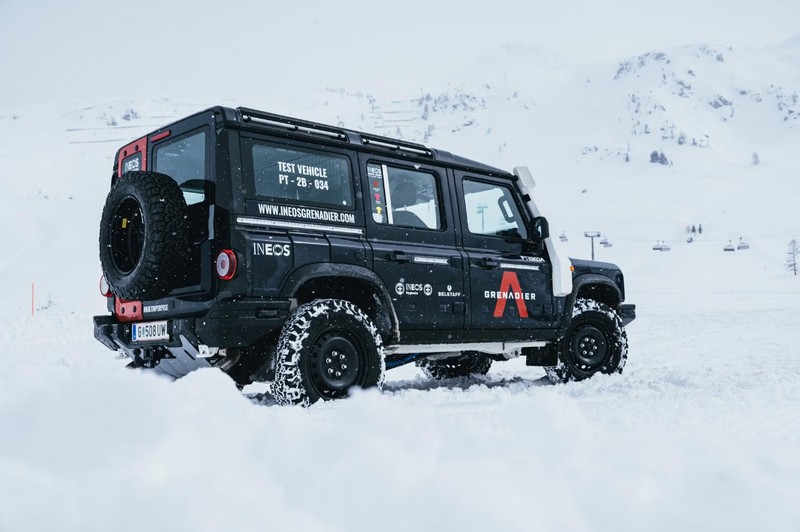
It is safe to say, the Ineos Grenadier picks up the torch where the old-school Land Rover Defender left. With the new Defender trading rugged looks for flashy aesthetics, a British company, Ineos, decided to continue giving fans an old-school, rugged, off-roader. Production started in October 2022 in Hambach, France, despite the original plans being to produce the 4X4 in Wales, England. The Grenadier is the best fan-service ever, as it comes with solid beam axles, front and rear, steel-ladder frame, and permanent four-wheel drive. Power comes from BMW’s B58 petrol and B57 turbodiesel inline-six engines.
3 Minerva Land Rover TT
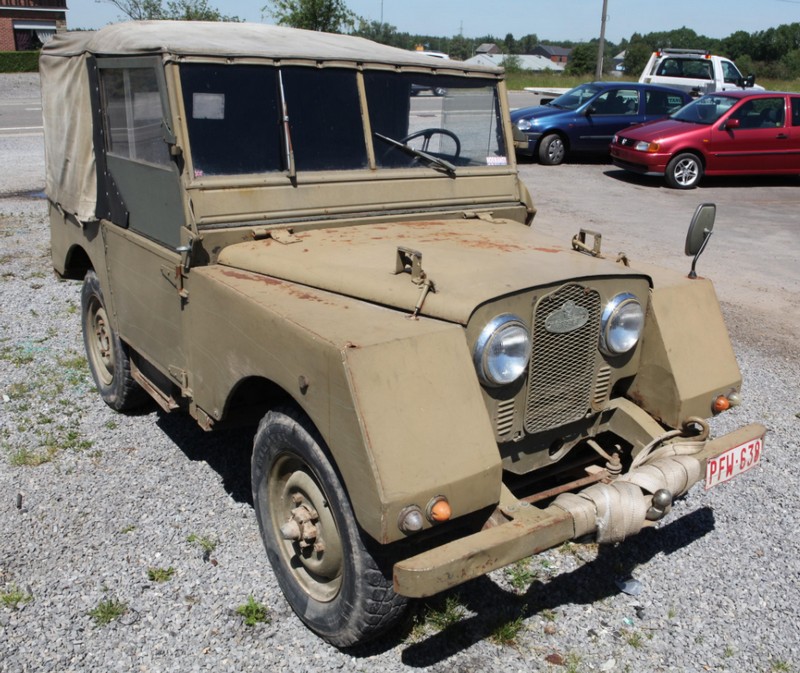
Minerva, named after the Roman goddess of wisdom, is a Belgian company that, initially, started out as a bicycle manufacturer that quickly transitioned into luxury cars. In its final years, before it went defunct, the company produced its own version of the Land Rover series. The Belgian-made Minerva was cheaper, featuring a tin body instead of aluminum. “TT” stood for “Tour Terrain”. The simple 4X4 was used in Belgian colonies after World War 2. Earlier models had an 80-inch wheelbase while some later models had an 86-inch wheelbase and aluminum body, although the bodies are believed to have been interchangeable with the Land Rover. At least some of the models were equipped with a 2.0-liter, OHV, inline-four engine that made 52 horsepower. The company went defunct in 1956.
2 Santana 88 Ligero
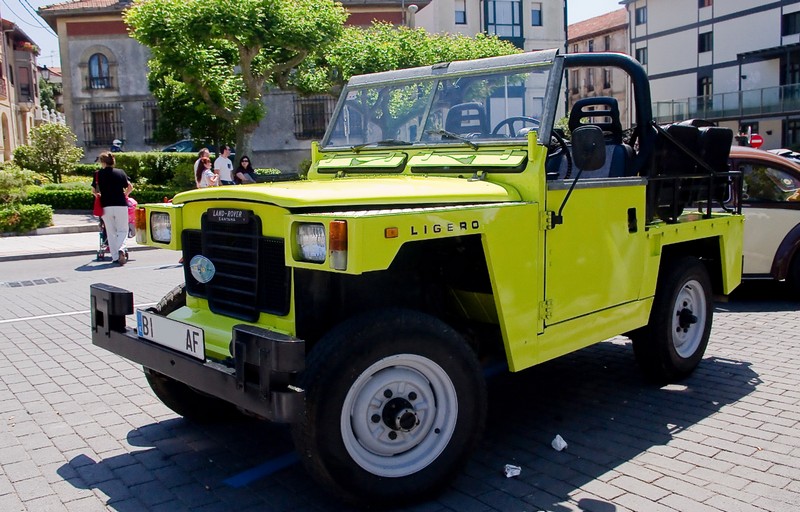
One of the first Land Rover-derived models of the Spanish company, Santana, was the Ligero (Light). The bare-bone 4X4 entered production in 1969 and was available in both civilian (88) and military (88M) guise. The military version, in particular, was developed simultaneously with the British Land Rover ½ Ton Lightweight, but the two vehicles had little in common, aside general aesthetics. Two inline-four powertrains were available – a petrol with 81 horsepower and 120 pound-feet (163 Nm) and a diesel with 62 horsepower and 102.5 pound-feet (139 Nm).
1 Trekka 2-10
New Zealand also had its own interpretation of the Land Rover series. Unlike the other entries on the list, the Trekka 2-10 does not feature robust underpinnings. The light utility vehicle is based on the 1959-1971 Skoda Octavia. The Trekka was produced between 1966 and 1973 and featured a boxy design, very similar to classic Land Rovers. It even has a side-mounted spare wheel on the rear fenders. The New Zealand model also came as a van and a ute. Power came from the Skoda Octavia’s 1.1 and 1.2-liter, inline-four engines, which produced up to 47 horsepower. The Trekka was rear-wheel-drive only.
Article Credits: Dimitar Angelov
Full Articles: https://www.topspeed.com/4x4s-inspired-by-the-original-land-rover/

